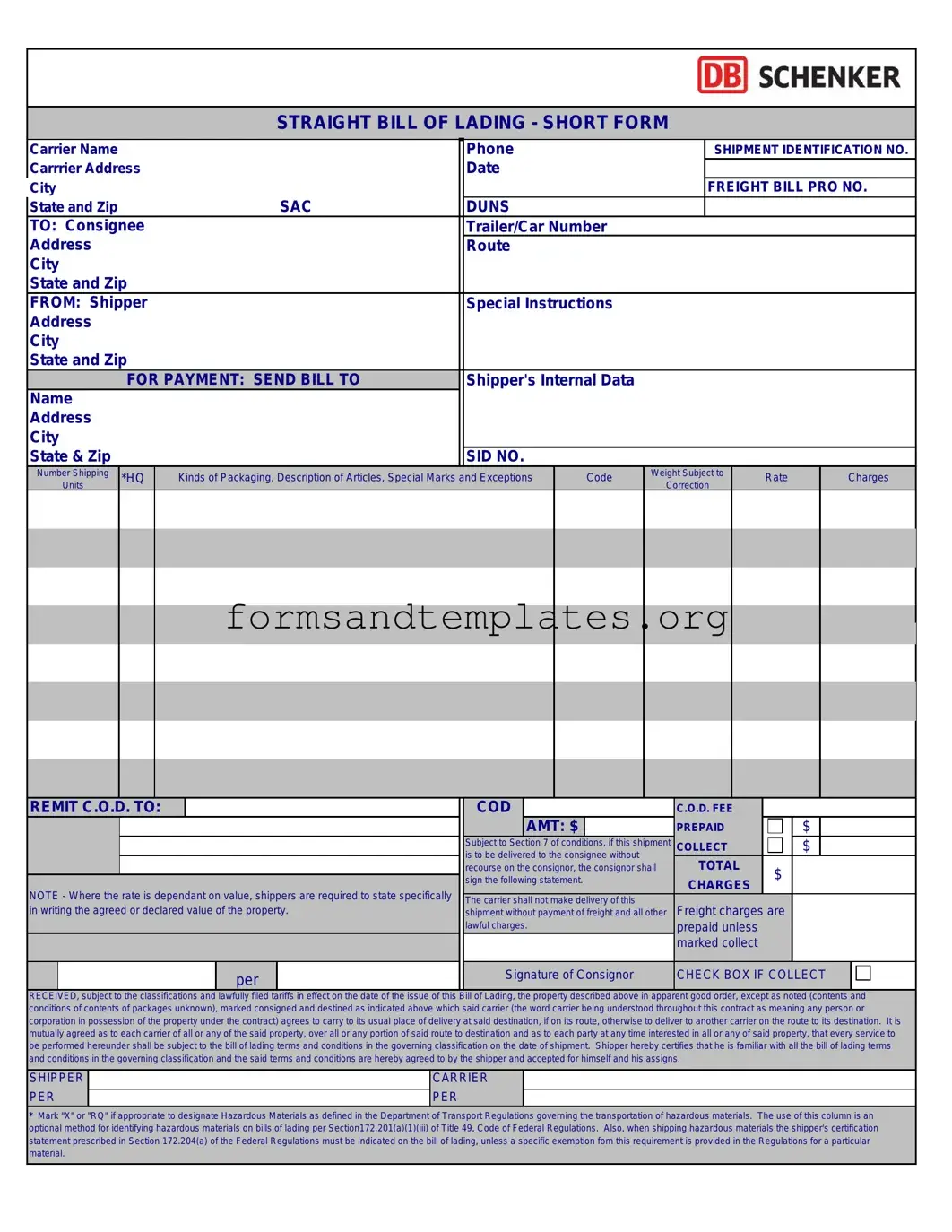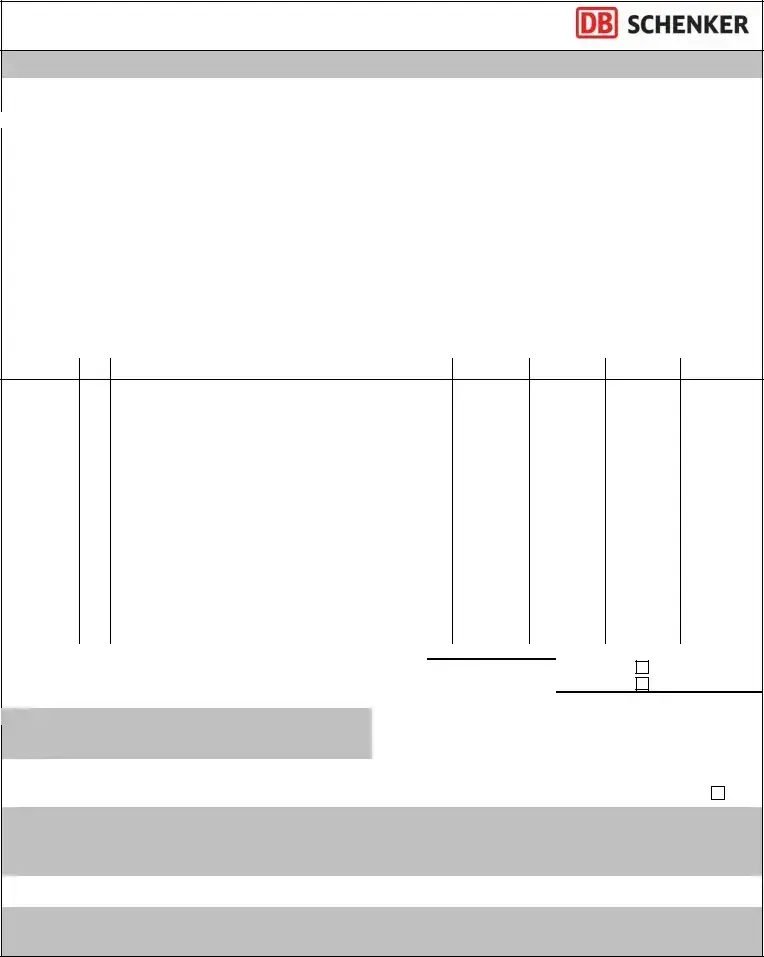What is a Straight Bill of Lading?
A Straight Bill of Lading is a document used in the shipping and transportation of goods. It serves as a receipt for the goods being transported and outlines the terms of the shipment. Unlike other types of bills of lading, a Straight Bill is non-negotiable, meaning that it cannot be transferred to another party. It is typically issued to a specific consignee, ensuring that only that individual or entity can claim the goods upon arrival.
A Straight Bill of Lading generally contains several key pieces of information, including:
-
The name and address of the shipper
-
The name and address of the consignee
-
A description of the goods being shipped
-
The shipping date
-
The name of the carrier
-
The weight and quantity of the goods
-
Any special instructions for handling the shipment
This information helps ensure that all parties involved in the shipping process are aware of the details and conditions of the shipment.
How does a Straight Bill of Lading differ from other types of bills of lading?
The main difference between a Straight Bill of Lading and other types, such as a Negotiable Bill of Lading, lies in its transferability. A Negotiable Bill can be endorsed and transferred to another party, allowing the holder to claim the goods. In contrast, a Straight Bill is issued to a specific consignee and cannot be transferred. This characteristic makes the Straight Bill more secure for certain transactions, as it limits who can claim the goods.
Who is responsible for filling out the Straight Bill of Lading?
The shipper is typically responsible for completing the Straight Bill of Lading. It is important that the information is accurate and complete to avoid any issues during transportation or delivery. The carrier may also assist in filling out the form, but the ultimate responsibility lies with the shipper to ensure that all details are correct.
What happens if there is a mistake on the Straight Bill of Lading?
If a mistake is discovered on the Straight Bill of Lading, it is crucial to address it promptly. The shipper should contact the carrier to discuss the error. Depending on the nature of the mistake, a corrected bill may need to be issued. It is essential to resolve any discrepancies before the goods are delivered to avoid complications in the transfer process.
Can a Straight Bill of Lading be used for international shipments?
Yes, a Straight Bill of Lading can be used for international shipments. However, it is important to check the regulations and requirements of the countries involved in the shipment. Some countries may have specific documentation requirements for customs clearance, and a Straight Bill of Lading must comply with those regulations to ensure smooth transit across borders.
What role does a Straight Bill of Lading play in claims for damaged goods?
The Straight Bill of Lading serves as proof of the contract between the shipper and the carrier. If goods are damaged during transit, the bill can be used to support claims for compensation. It is important for the consignee to inspect the goods upon arrival and document any damage. This documentation, along with the Straight Bill of Lading, can help facilitate the claims process with the carrier.

